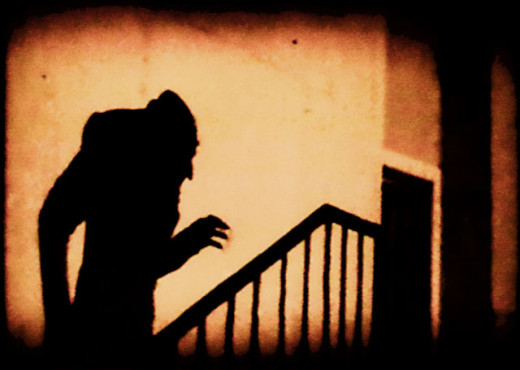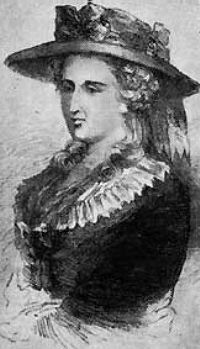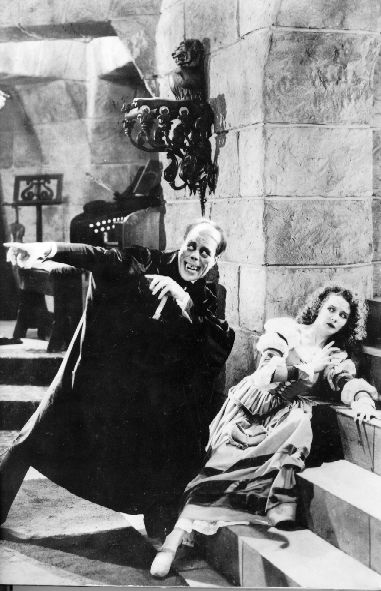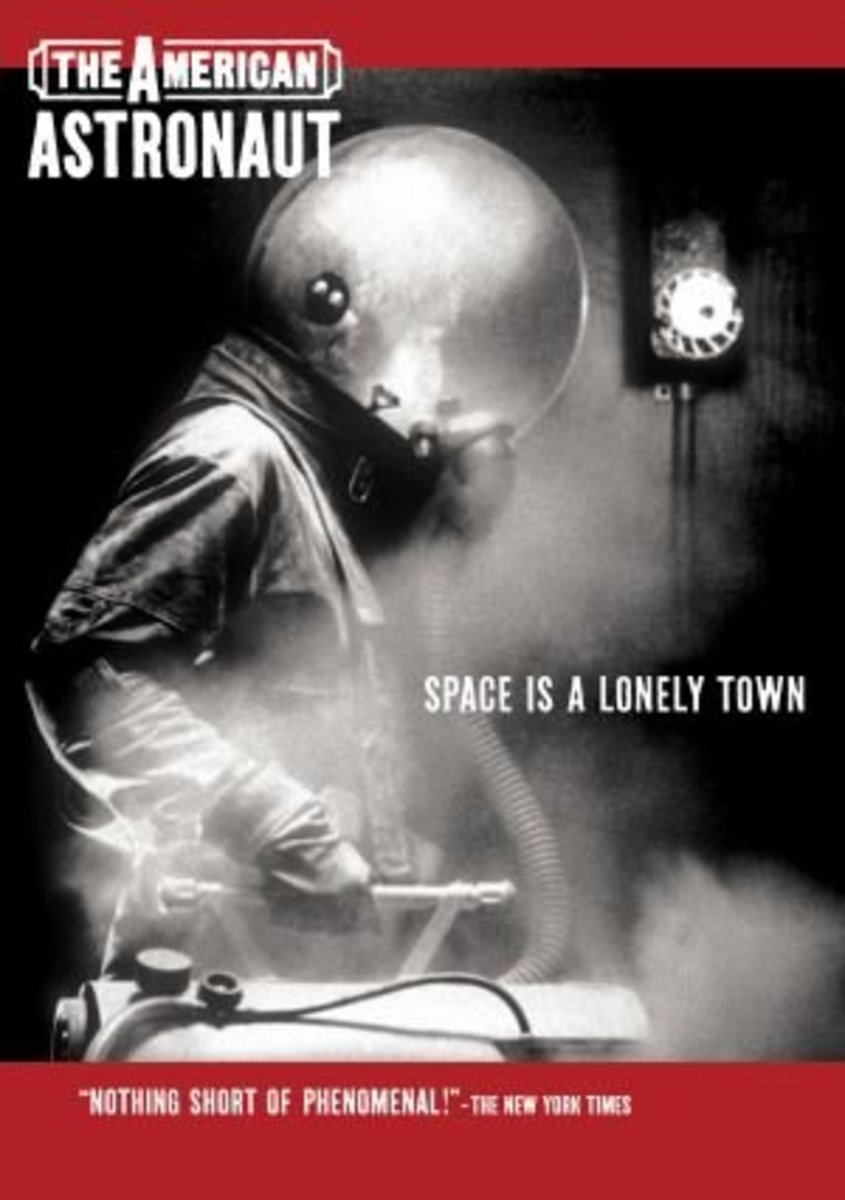Horror vs Terror, Defined in Plain Language

Gothic novelist Ann Radcliffe (1764-1823) has been made famous by Jane Austen – in modern times at least! During Jane Austen’s life, Radcliffe was one of the world’s bestselling writers. Her novels are escapist stories about damsels in distress placed in creepy Gothic settings (usually castles in Italy). The Mysteries of Udolpho, her most famous and successful book, created a stir similar to the 21st century’s Twilight phenomenon. Udolpho basically served as the inspiration for Jane Austen’s first novel, Northanger Abbey, as this is the book which causes Catherine Morland’s imagination to run wild.
Unlike Jane Austen, however, Ann Radcliffe’s fame has not lasted beyond her death. Many of her novels (The Mysteries of Udolpho, The Italian, The Romance of the Forest) are still in print, but they are rarely read. Anyone who has read Radcliffe’s work will more than likely admit that they were led to it by reading Northanger Abbey first.
Did you know about Ann Radcliffe before reading Jane Austen?

Ann Radcliffe’s name will sometimes come up in the modern world in connection with the Horror vs Terror argument. The basis of this debate is that there is a difference between these two words, not only grammatically, but also as far as the emotions they create in human beings. The consensus of the difference between horror and terror has basically stayed the same since Ann Radcliffe laid out her idea of the argument in her posthumously published essay, On the Supernatural in Poetry.
Terror and horror are so far opposite, that the first expands the soul, and awakens the faculties to a high degree of life; the other contracts, freezes, and nearly annihilates them.
Now, if obscurity has so much effect on fiction, what must it have in real life, when to ascertain the object of our terror, is frequently to acquire the means of escaping it.
Confused yet? Actually, the chief purpose of Ann Radcliffe’s essay was not to create a universal definition of the difference between horror and terror. Instead, On the Supernatural in Poetry, was written out of a desire to promote her idea that terror is superior to horror. She felt that terror was a holy thing – or to use her word, sublime – because the suspense involved in it lifts the mind to higher things, ergo to God. This, obviously, is a matter of personal opinion and can easily be discarded from the main Horror vs Terror argument.

Horror vs Terror in Plain Language
We will say “I was terrified!” when telling a story which involves the fear of what might have happened, and we will say “I was horrified!” when we describe something unsettling which we have seen. In other words, terror is prevalent when not enough happens for the person to be “horrified” or completely unsettled by the situation, but he or she still knows enough to be afraid. Terror is the anticipation; horror is the reaction. However, you can have horror without first being terrified, just as you can be terrified without later obtaining a feeling of horror.

Horror vs Terror in Modern Filmmaking
Many people will say that, although they like scary movies, they are disgusted by modern horror films. Any discussion along these lines is usually accompanied by a remark about how it’s too bad the horror genre has degraded so far. However, according to the meaning behind Horror versus Terror, it is the modern gory movies that are truly “horror films”, not the old fashioned ones.
People who love old horror films (Lugosi’s Dracula, Karloff’s Frankenstein, Chaney’s Wolf Man, etc.) are most likely attracted to them because of the fun feeling of suspense or terror. All old movies basically teased the viewer with anticipation of something that would probably never be seen. On the other hand, modern horror movies show it all! Some people, understandably, are disgusted by this: they are horrified by what they see. According to the difference between horror and terror, pretty much all “horror movies” up until the 1960s should technically be called “terror films”.
Horror vs Terror in Hitchcock’s “Psycho”
Many people consider Psycho to be an early slasher film and are unable to watch it as they are horrified by what it portrays. This opinion is understandable. However, Alfred Hitchcock’s Psycho is a perfect tool for demonstrating the difference between horror and terror, as this movie contains both emotions, most particularly during the Shower Scene.
Undoubtedly, the majority of people who watched this scene in 1960 would have been horrified by it. Something like this had never been seen on film before. Audiences from the modern, post-Nightmare on Elm Street era, however, would not be quite so sensitive. A modern viewer is more likely to feel terror instead of horror.
There would have been quite a level of terror during the first viewings of Psycho as well: Although the viewer can see the knife slashing, it does not create any graphic wounds on Marion Crane’s body. There is a rather minimal amount of blood seen flowing down the drain, and the scene being filmed in black and white keeps it from being overly disgusting. Basically, there are more elements for creating terror rather than horror.
Above all, a viewer from 1960 would have felt anticipation or terror while watching the Shower Scene in Psycho just from the standpoint that the idea of the lead female character being killed so early in the movie would have seemed downright improbable. Most people watching Psycho during its first release were probably thinking “This is terrible, but I’m sure she’s going to survive”. Imagine the horror that must have been felt when Marion Crane collapses and the viewer realizes she is dead….
© 2013 LastRoseofSummer2






